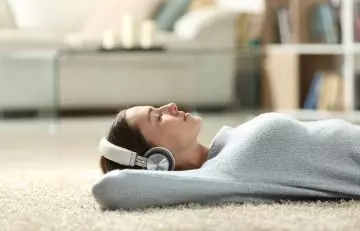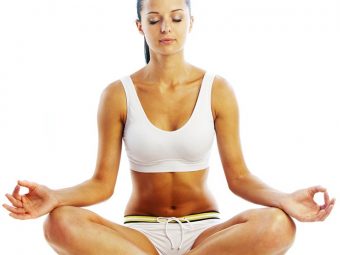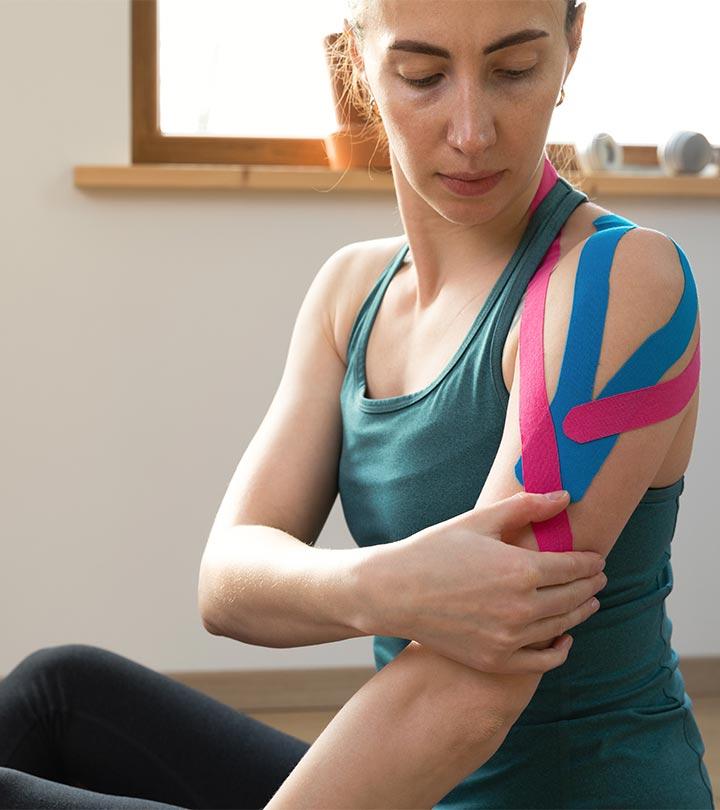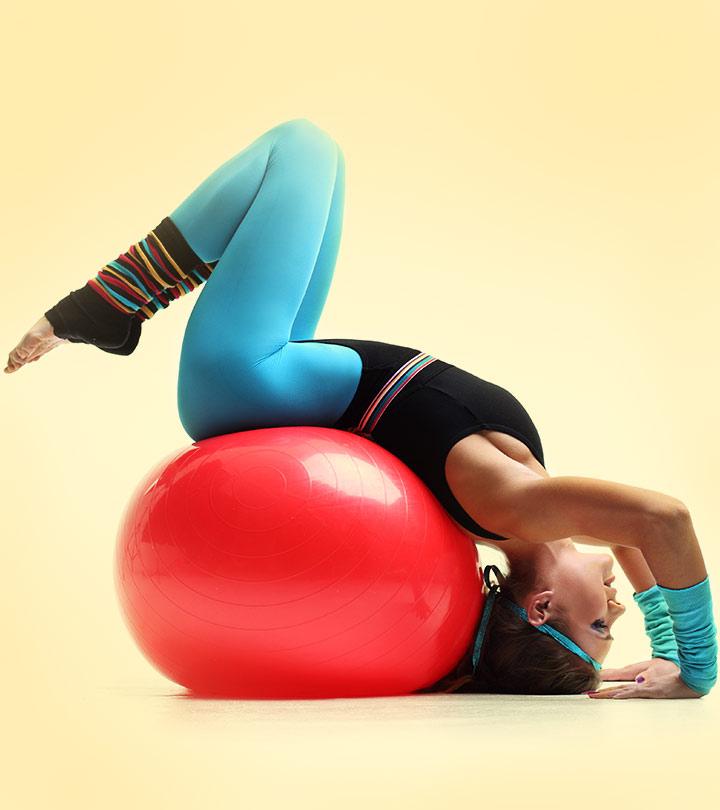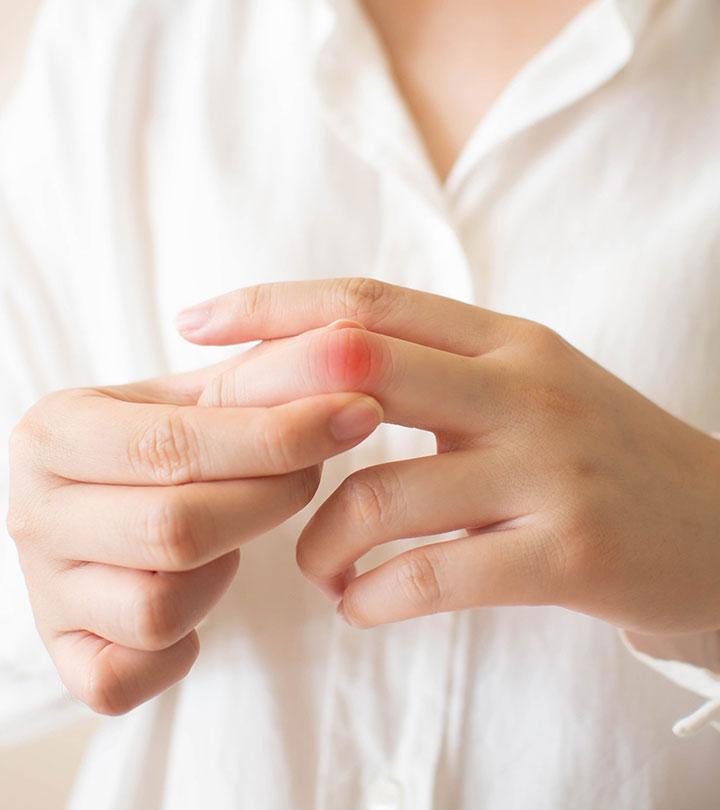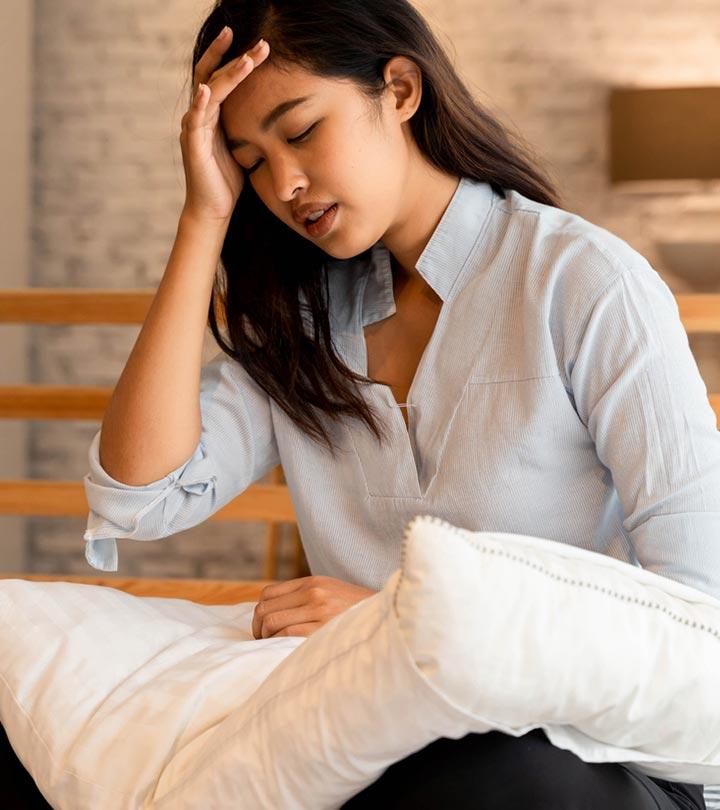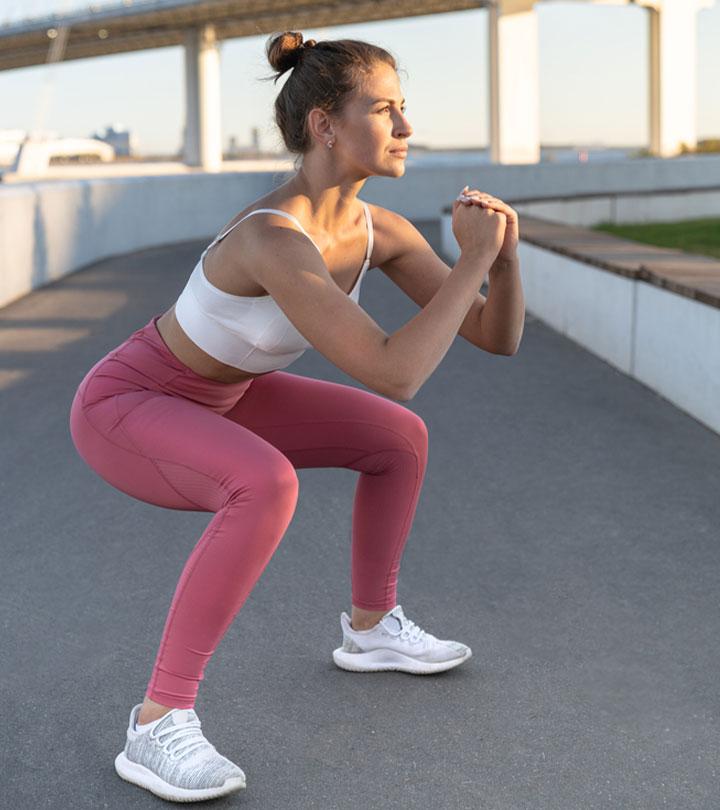4 Unknown Health Benefits Of Sleeping On The Floor
Now say goodbye to bad posture, back pain, and insomnia by making a little change to your lifestyle.
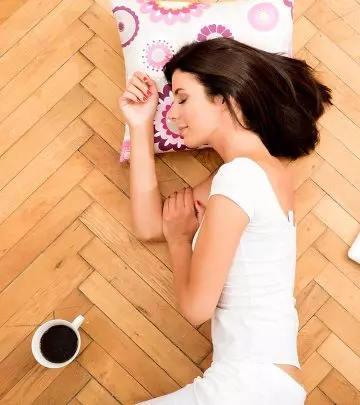
Image: Shutterstock
If you are camping or do not have a mattress, sleeping on the floor seems like a reasonable option to consider. However, it may seem absurd to do it daily. After all, lying down on the ground would mean sacrificing the comfort of your bedding and a good night’s sleep. Imagine if we told you that sleeping on the floor has some benefits.
Changing your sleeping style every once in a while might also be a good idea. Here are the top benefits of sleeping on the floor and how to do it the right way. Scroll down.
In This Article
What’s With Sleeping On The Floor?
So, is sleeping on the floor good for you? If you closely look at it, sleeping on mattresses or futon beds is a fairly recent phenomenon. Our ancestors had always slept on trees or on the ground, all the time. There is also evidence suggesting that people living in the forests or from primitive cultures have fewer musculoskeletal issues than most of us in modern societies (1).
Doesn’t all of this tell us something? Sleeping on the floor has its own set of benefits. Benefits that you don’t want to ignore.
What Are The Benefits Of Sleeping On The Floor?
1. Reduces Back Pain
Sleeping on the floor can be good for your spine. You don’t have a soft mattress hugging your body, so your spine gets a chance to realign itself – to its natural posture. You also experience a greater level of body awareness when on the floor.
Ben Vukovich, a blogger, shares his experience of transitioning from sleeping on the traditional bed to sleeping on the floor for back issues. Describing the experience, he exclaims, “It is not hyperbole to say that when I woke up, I felt like a million bucks — like, unbelievably good (i).” He also emphasized the freedom and convenience of not needing an elaborate mattress setup while traveling: “If there’s a section of ground roughly 72 inches long and 36 inches wide, I can easily sleep there. I don’t need to find a hotel with nice bedding, I don’t need to spend tons on a mattress that might not actually work for me. It’s freeing.”
But be wary about your sleeping position on the floor – sleeping on the back works best. Sleeping on the side forces your hip flexors and hamstrings to tighten over time, and this leads to additional pain and stiffness.
Also, make sure to place a pillow under your knees or calves – this helps induce a more natural curve on your back.
2. Helps Improve Posture
Sleeping on the floor can also improve one’s posture. It forces your back, neck, and the head into proper alignment – and this corrects your posture. And since it helps ease back pain, this also contributes to a better posture. Because back pain is one reason people have poor posture – and vice versa.
3. Can Treat Insomnia
A bad sleeping surface is one of the major reasons for insomnia. You keep tossing and turning the entire night, only to wake up feeling groggy and sleep-deprived the next morning. If your mattress is giving you sleep troubles, sleeping on the floor could be the way to go. You might have some discomfort initially, but once your body adjusts, you are good to go.
Luba Sigaud, a blogger, explained that while she initially encountered challenges, such as waking up with a lack of feeling in their legs, she could sleep peacefully on the floor. She shared, “I slept really well. So well, in fact, that the very next morning, I was ready to take my old mattress to a recycling location and never sleep in a traditional bed ever again (ii).” She also described the benefits of floor sleeping, including better sleep quality, the ability to sleep in small spaces, freedom from worrying about buying or moving beds and contributing to reducing waste in landfills.
4. Prevents Overheating
This is a common problem, more so when you are sleeping on a bad mattress. Heat expelled from the body during sleep can get trapped in the material of the mattress – this will heat up the surface of the mattress, making you feel hotter. This can also cause sleep disturbances.
But when you sleep on the floor, there is no material your body’s expelled heat can get trapped in. This prevents overheating.
 Quick Tip
Quick TipWhile sleeping on the floor has many benefits, it can be detrimental to your health in some ways. To learn more, check out the next section.
Disadvantages Of Sleeping On The Floor
- May Cause Back Pain
Sleeping on hard surfaces can lead to back discomfort because your spine is not able to maintain its natural curve when lying on a hard floor.
- May Lead To A Cold
It may get difficult to maintain an ideal body temperature while lying on a floor that is not properly insulated. This may give you a cold.
- Increases The Risk Of Infection
Sleeping on the floor can expose you to various kinds of insects. This can make you vulnerable to infection, bug bites, and dust allergies.
However, you may still prefer to sleep on the floor. Wondering how you can make the experience more comfortable? Check it out below.
How To Make Sleeping On The Floor More Comfortable?
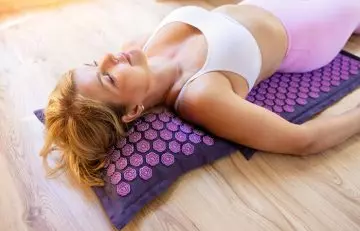
If you have never slept on the floor before, making a shift can be a little uncomfortable. But it’s worth it. Here’s what you can do to make your transition all the more smooth.
- Be prepared. Mentally. Expect the fact that the first few nights will be uncomfortable. Your body might ache a bit as it will be adjusting to the new surface.
- Choose the right surface. Sleeping on the floor doesn’t have to mean sleeping directly on the ground. You can use multiple materials to soften the surface a bit without eliminating the benefits. You can use a tatami, a mat the Japanese have been using for more than a thousand years. Or you may just use a simple yoga mat.
- Reconsider your pillow. Don’t sleep on the floor with a whole bunch of pillows. You can use a thin one that elevates your head a bit. Or you can even use your arm to elevate your head. Using too many pillows to prop your head just for the comfort is not the way to go – you may not reap the benefits, and may wake up in the morning with a neck ache instead.
- You can even rest your knees on a pillow (if sleeping on your back) if required.
- Choose the right sleeping position. Sleeping on your side, your stomach, or even your back – all are good. It only depends on what works for you. Experiment with different positions. Ensure you are not sleeping in too much pain. The spine should be properly aligned.
If you are sleeping to the side, ensure your neck is in line with your spine (you can use a thin pillow or even your arms for this purpose). And if you are sleeping on your stomach, ensure the pillow is not too high (if you have one) – this can result in neck pain.
 Quick Tip
Quick TipInfographic: Why Sleeping On The Floor Is Good For Your Health
Sleeping on the floor can improve your posture and help you get a good night’s sleep. We have rounded up the main benefits of sleeping on the floor and a few tips to help you make your sleep comfortable. Check the infographic below to know more! Illustration: StyleCraze Design Team
While sleeping on the floor may seem primitive and painful, it can actually benefit you in a couple of unexpected ways. Along with realigning your spine, it helps reduce back pain, improve posture, and prevent overheating as well. Using a Japanese tatami mat, or a yoga mat along with the right posture may ultimately give you a restful relaxing sleep.
Frequently Asked Questions
Can a pregnant woman sleep on the floor?
No. it is not recommended. We suggest sleeping on a firm mattress. Sleeping on the floor means sitting down and getting up, both of which could be taxing during pregnancy. Also, please talk to your doctor, who will be able to guide you.
Does sleeping on the floor help with anxiety?
Though there is not enough evidence to support this claim, some people suggest sleeping on the floor can help you calm down and reduce anxiety.
Does sleeping on the floor cause pneumonia?
Sleeping on the bare floor may cause a cold or pneumonia. Therefore, it is best to sleep on a yoga mat or a blanket to shield yourself from the coldness of the floor.
Is it good to sleep on the floor every day?
Yes, you can sleep on the floor every day as it is good for your health. However, it may not be the same for everyone. Some people may find it too cold on the floor. In such cases, it is best to avoid sleeping on the floor every day, but you can try it once in a while.
Key Takeaways
- Sleeping on the floor is extremely beneficial for spinal alignment, relief of joint pain and back pain, and posture improvement.
- It traps body heat and prevents overheating of the body.
- Sleeping on the floor can also help improve sleep quality for individuals with insomnia.
- Sleeping on the side or back is okay as long as it is comfortable and the spine is properly aligned.

Image: Stable Diffusion/StyleCraze Design Team
Sleeping on the floor can provide many benefits, such as improved posture, better circulation, and reduced back pain. Let’s explore its advantages in the video below!
Personal Experience: Source
StyleCraze's articles are interwoven with authentic personal narratives that provide depth and resonance to our content. Below are the sources of the personal accounts referenced in this article.
i. I’ve Slept On the Floor for 30 Dayshttps://medium.com/@Benvuk/ive-slept-on-the-floor-for-30-days-7c14593096e4
ii. Why I Got Rid of My Bed — and How My Body Thanked Me
https://medium.com/the-ascent/why-i-got-rid-of-my-bed-and-how-my-body-thanked-me-36b0bd6a139d
References
Articles on StyleCraze are backed by verified information from peer-reviewed and academic research papers, reputed organizations, research institutions, and medical associations to ensure accuracy and relevance. Read our editorial policy to learn more.
- “Instinctive sleeping and resting postures…”. BMJ. Cunningham Hill Road, St Albans. US National Library of Medicine.








